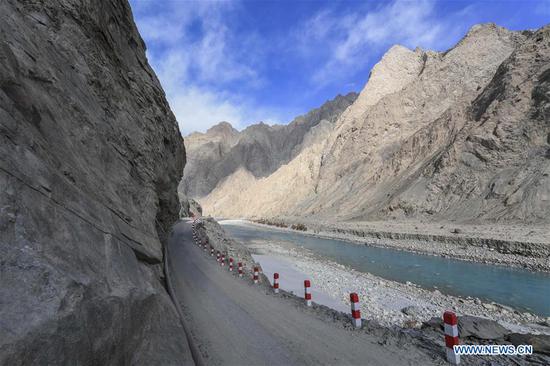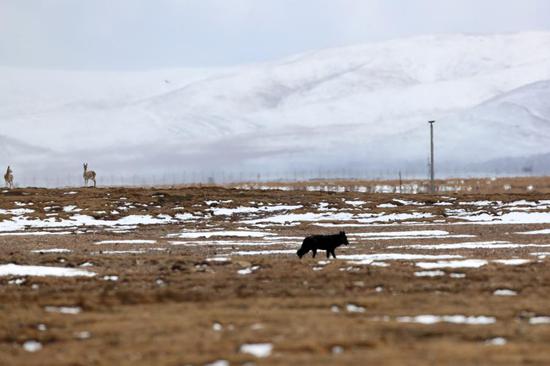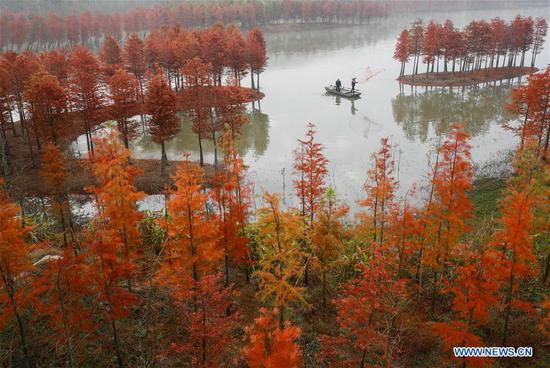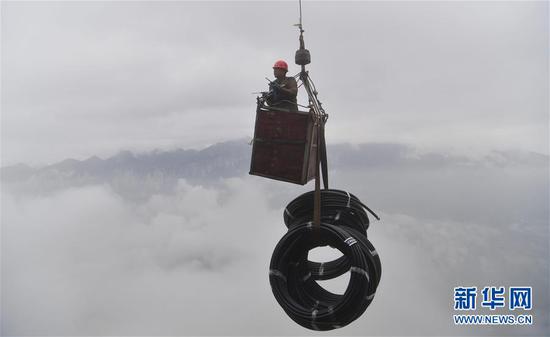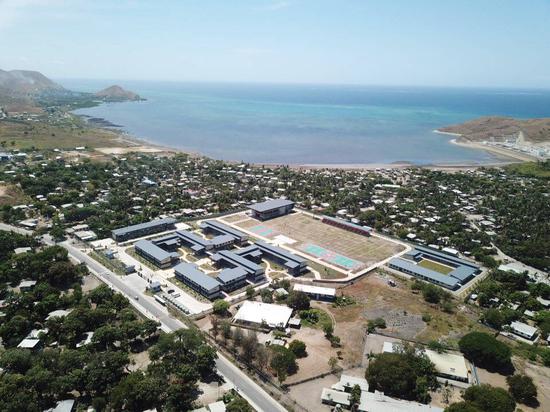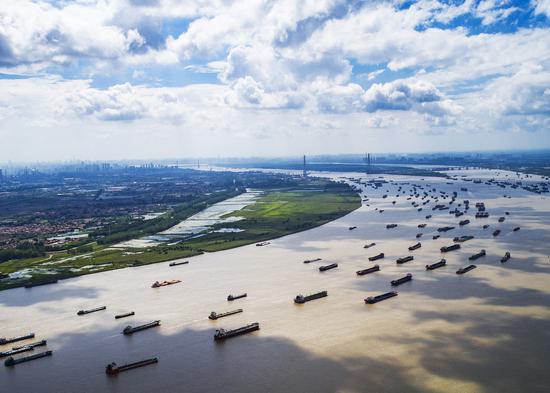
The Wuhan section of the Yangtze River. (Xinhua)
Textbooks used in middle schools often call the Yangtze River one of the Mother Rivers of China as it has 49 tributaries, each with a drainage area of more than 10,000 square kilometers, and hundreds of attached lakes.
It is home to 424 types of fish, of which 183 are endemic, and the categories of freshwater fish in the river comprise 33 percent of the national total.
But President Xi Jinping has said that the country's longest river is almost a "fish desert".
In an April meeting in Wuhan, Hubei province, that focused on the Yangtze River Economic Belt, the president said the bio-integrity index of the Yangtze has reached the "no fish" level. This means that the river's water ecology has fallen to its lowest biodiversity level.
Six months later, the State Council, China's Cabinet, urged local governments to strengthen protection of aquatic species and accelerate restoration of the Yangtze's ecological environment.
The 6,380-kilometer waterway is the third-longest river in the world - after the Nile (6,670 km) and the Amazon (6,400 km). The Yangtze has a total drainage area of 1.8 million sq km, home to a population of some 400 million people.
Over the past 20 years, the urban area located in the river's drainage basin has increased by about 40 percent.
But a high population and economic burden has taken its toll.
The Yangtze River Dolphin was declared functionally extinct in 2006, there were only about 1,000 finless porpoise remaining in the Yangtze by the middle of this year and the Chinese paddlefish has not appeared in the river since 2003.
The Chinese sturgeon, Chinese sucker fish, Chinese rock carp and Dabry's sturgeon - all endemic to the Yangtze - are also on the brink of extinction.
Cao Wenxuan, an academician specializing in aquatic organisms in the middle and upper reaches of the Yangtze with the Chinese Academy of Sciences, said the waters in these reaches of the river are home to 43.3 percent of 124 types of endemic fish, so they deserve special attention and protection.

















